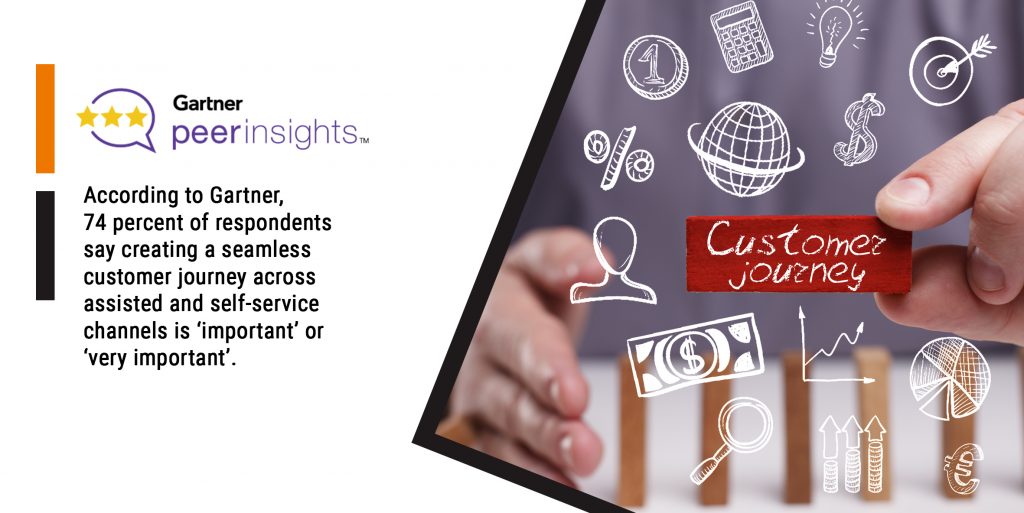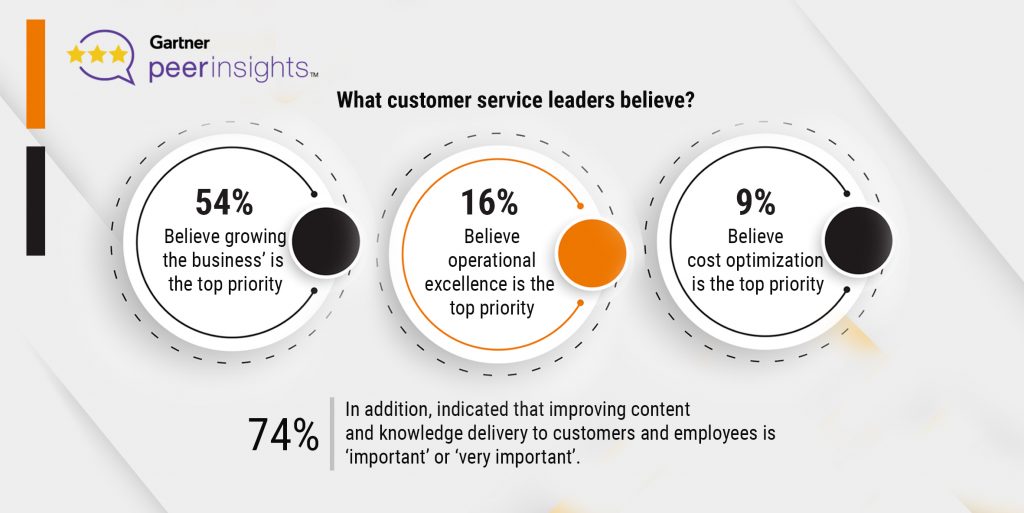Using contextual evaluation, scenario alignment, automation, and AI in non-technical assessments it is possible to get the right candidates for customer service responsibilities.
Customer service is the invisible spell that can open even the most stubborn gates of customer happiness and satisfaction. The treasure mine of long-term relationships lies in the magical words that a customer service agent says- whether she or he is talking to resolve a complaint, handling an angry customer, selling a new offering, or following up on a simple transaction. But, of course, it is intangible, and the hard-to-copy set of soft skills lies at the core of the power a customer service agent wields.
It’s a simple picture when we extrapolate the impact of customer service to the implications on a company’s business. With excellent customer service aspects, any business cannot just keep the customers satisfied but can also upsell, cross-sell, and extend the lifecycle value. It can do so by investing in substantial, accurate, patient, innovative, and warm customer service expertise.
Just look at what the industry is moving towards.

Customer Service Organizations have invested a lot in new customer-facing channels. In addition, they are enhancing capabilities in existing channels. Gartner argues that the goal of business growth is best achieved via positive CX outcomes, so self-service containment is most important – but if not contained, then the experience must feel synced across channels.
That brings us to the big question – how to assess customer service agents? Especially when we are looking at elevating the customer service experience across many platforms channels and when we need not just one or two, but a wide berth of skills in that agent. And this spectrum of skills constitutes both hard and soft skills.
Assessment – the bottle that houses the genie
That’s where we need assessment solutions that can give a recruitment team all these strengths – and without compromising speed and agility of the entire process:
- Hard skills assessments: Technical areas like product knowledge, industry experience, and an understanding of the vital tools for the job.
- Soft skills assessment: The human and creative set of skills like patience, ability to think over one’s feet, compassion, the ability to empathize with a customer, the ability to negotiate in a challenging situation in a win-win way, and the prowess to soothe a customer no matter what level of frustration one is dealing with.
- Realistic job preview: The possibility of simulating the actual job conditions – along with constraints and challenges that a typical day, as well as an unusually-tough day, entails. Giving some sense of immersion and understanding in the actual work scenario would tell the candidate what s/he is expected to deliver and how fit s/he is to the task.
- Situational judgment test: Creating gamification-aided, and a variety of scenarios where a candidate can show how good she or he is in performing under stress, handling a specific problem, or creating on-the-spot solutions that may not be available in the company’s playbook.
- Focused interview questions: Interviews that help in a candidate’s assessment over specific qualities or job-needs. These can be exploratory in nature. They can be freewheeling or structured – depending on the necessary requirements and goals of the process.
- Peer interview: Getting to know the exact conditions, qualities, and nature by interviewing the peers that surround the core person.
- Culture fit assessment: Evaluating whether the candidate will align well with the nuances of a company’s culture. This is important because even if the candidate and job fit to the T, they can fail to create results. After all, the candidate cannot adjust to a certain degree of collaboration, structure, or teamwork that prevails at the company.
- Trial day: Taking a good and deep dive into the actual job scenario by using a well-simulated trial day. It’s a good experience for both the candidate and the recruiter.
- Reference checks: A comprehensive and candid set of questionnaires and checks that help to ascertain the candidate’s overall performance and impressions throughout their trajectory so far.
How to do solid non-technical assessments?
All this is possible when one opts for an innovative and intelligent platform like Oto_Qualify that packs many features:
- Real-time assessments
- A vast library of tests and questions
- Ability to test many skills and handle non-technical assessments
- Well-documented and data-driven approaches
- AI-enabled tests and assessments
- Auto-generation capability for assessments
- Automated and accuracy-oriented evaluations
- Ability to make it engaging and smooth for both sides in terms of overall experience
- Bias-free assessments due to the use of data, AI, and machine learning
- Natural Language Processing (NLP) capability for generating a fitting assessment, specific to a job description
- Tests that can take into account factors like body language, expressions and actions taken during the test
- Support from robust video analytics and insightful reports
- Assessments that are holistic and tailor-made – and not vague or vanilla

A creative, poised, and well-equipped customer service agent can help a company iron out all these wrinkles. But recruiting one is the first step towards opening that treasure-mine. That’s where you need the power of sharp and comprehensive assessments, including non-technical assessments. So say ‘Open Sesame’. Pick an intelligent platform and start the magic soon.
- Embracing Agility and Inclusion: The Power of a Skills-First Approach in Talent Management - August 14, 2023
- How to Reduce Time to Proficiency and Measure Onboarding Effectiveness - August 10, 2023
- Unleashing the Power of AI: Transforming Learning and Development in Your Organization - August 1, 2023

